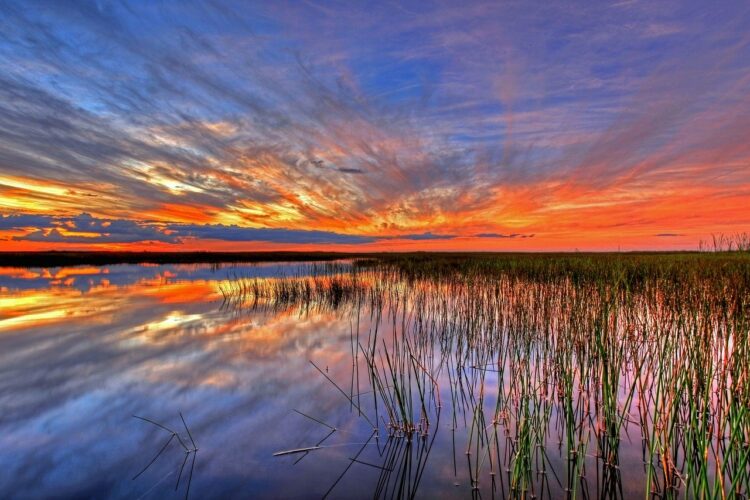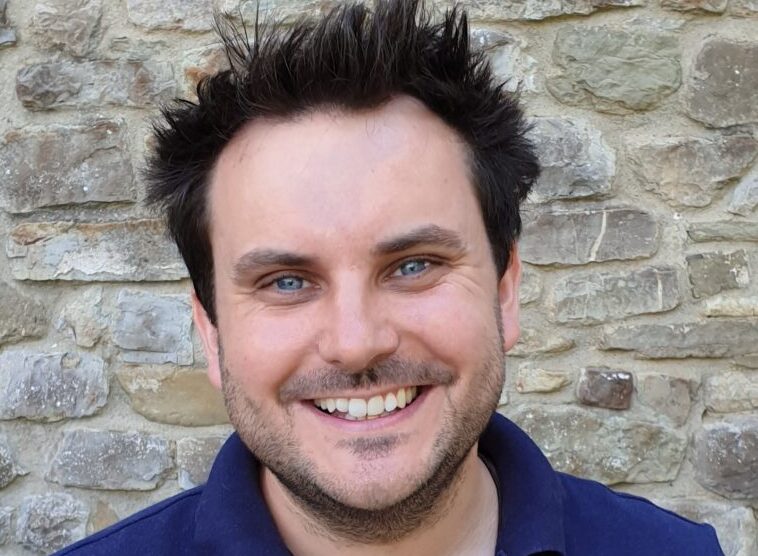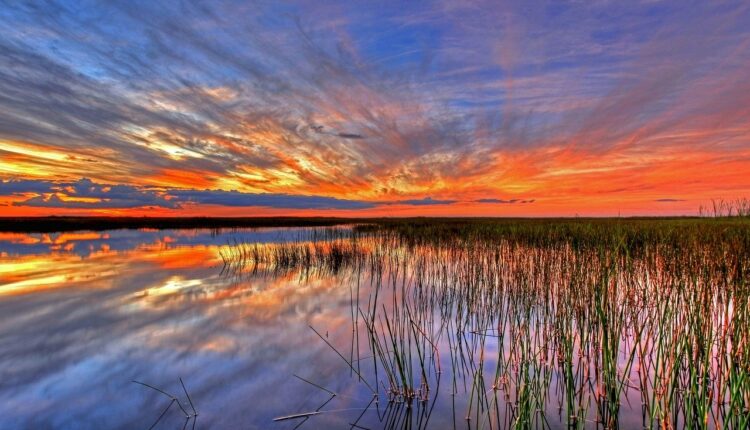Coastal wetlands are the ‘superheroes’ of the planet
Leading ecology expert Dr Christian Dunn speaks to members of Mersey Maritime about the importance of coastal wetlands and the threat of plastics to the ocean. Tony McDonough reports

A leading ecology expert has urged Liverpool city region’s maritime to help protect our coastal wetlands which he says are vital for the survival of humans and wildlife.
And Dr Christian Dunn, a lecturer at the School of Natural Sciences at Bangor University, told members of industry body Mersey Maritime that plastic waste posed a huge threat to the environment and said that more research into its effects was needed urgently.
Dr Dunn described wetlands as the “superheroes of the natural world” due to their critical role in providing a barrier against coastal erosion and the threat it poses to life and property; providing “nurseries” for numerous animal species; and capturing huge amounts of carbon that would otherwise contribute to global warming.
He said there were three kinds of coastal wetlands – seagrass beds, salt marshes and mangroves which are only found around the equator. Dr Dunn exploded: “We have destroyed many of our wetlands over the years. But they are fantastic and complex systems and we need to start looking after them.”
Seagrass beds
There are 72 species of seagrass around the world, four of them in the UK, according to Dr Dunn. They are flowering plants that have adapted to survive in hostile marine environments. And, despite their appearance, they are not seaweed.
He said: “Seagrass can be managed by a very interesting ‘farmer’ – the shark. Turtles grazing on seagrass in Florida threaten to decimate them but when the shark comes along it forces a change in behaviour of the turtles and they don’t hang around and eat as much for fear of being eaten themselves.
“This is an extraordinary phenomenon called a ‘trophic cascade’. This is when an apex predator, one that is top of the food chain such as a shark, can change the physical environment with their presence. We saw that with the reintroduction of wolves into Yellowstone which had a massive impact, including changing the river course.”
Salt marshes
We see the devastating impact of coastal erosion when a major storm hits the coastline and the threat it poses to life, livelihoods and property. Dr Dunn said salt marshes can provide a critical barrier between the land and the sea.
“They are incredibly biodiverse,” he added. “They are important for all types of fish and birds who use the tides to their advantage. And they also protect out shorelines. Installing one metre of seawall costs £5,000 but if you have around 80 metres of salt marshes between the sea and the land you can cut this down to £400 a metre.
Mangroves
Dr Dunn described mangroves as “very charismatic”. He explained: “These are dense swamp areas found around the equator and consist of tangled roots and relatively tall trees. They are trees that have adapted to a saline environment. It is an incredibly unique habitat.
“There is no oxygen in saline-heavy environments so, in order to survive, the trees grow routes that grow out of the water and act as snorkels. They are the only trees in the world that can survive in such a hostile habitat.
All types of coastal wetlands are a vital part of the planet’s ecosystem, said Dr Dunn, and we fail to protect them at our peril. He added there was evidence that lives were saved during the Asian tsunami of 2004 in areas where there was thicker mangrove cover.

“We can read a massive benefit if we start to appreciate and look after our wetlands,” he said. “They are the nurseries of the sea for so many species. Life in our seas and oceans would be minimal without them.”
Dr Dunn explained that wetlands act as a filter for pollution, treating both sea water and also water entering the sea from rivers. And he also said wetlands provide a vital line of protection against the big environmental issue of the age – global warming.
He said: “Wetlands store vast amounts of carbon, which otherwise would contribute to the warming of our planet. They do this because they consist of plants which absorb and store the carbon.
“And, unlike forests on dry land, when the plants in wetlands die they don’t decompose anywhere near as quickly. Because they are a wet environment with very little oxygen, they suppress the decomposition process. Our wetlands are storing up huge amounts of climate-changing carbon.
“We call this blue carbon. Coastal wetlands make up just 2% of the ocean area and yet store half of the carbon. That is how important they are.”
He also called for much greater research into the effects of plastic waste on the ocean and wetlands environments across the world. It is estimated we produce 300m tonnes of plastic waste across the planet each year, with 12.7m tonnes ending up in the oceans.
In particular, he said, we need to find out more about the impact of microplastics, which are pieces of plastic typically the size of a grain of rice or smaller. Dr Dunn described these microplastic fragments as “a real worry”.
Microplastics are found in a surprising volume or everyday items including tyres and many of the clothes we wear that comprise synthetic fabrics. Offering just one astonishing statistic, Dr Dunn revealed: “Every time you use your washing machine you will, on average, release 700,000 pieces of microplastic and this ends up in the sea.”
He has joined other researchers in looking at rivers across the UK and from Scotland to Snowdonia, evidence of plastic waste has appeared everywhere. Dr Dunn added: “Plastic is not just in water, it is also in the air. It is estimated we ingest around a credit-card sized piece of plastic every week.”
He said that not enough is known about the impact of plastic waste on the world’s wetlands. There is a theory that wetlands could help clean up plastic pollution in the way they clean up other forms of pollution, but more research was vital to find out the effects.
“We have large pieces of plastic being trapped in coastal wetlands,” he added. “And those larger pieces are breaking up into micro plastics. It could be they can turn from being a sink to a source. Perhaps there is a way we can manage plastic waste – but we really need more research.”

